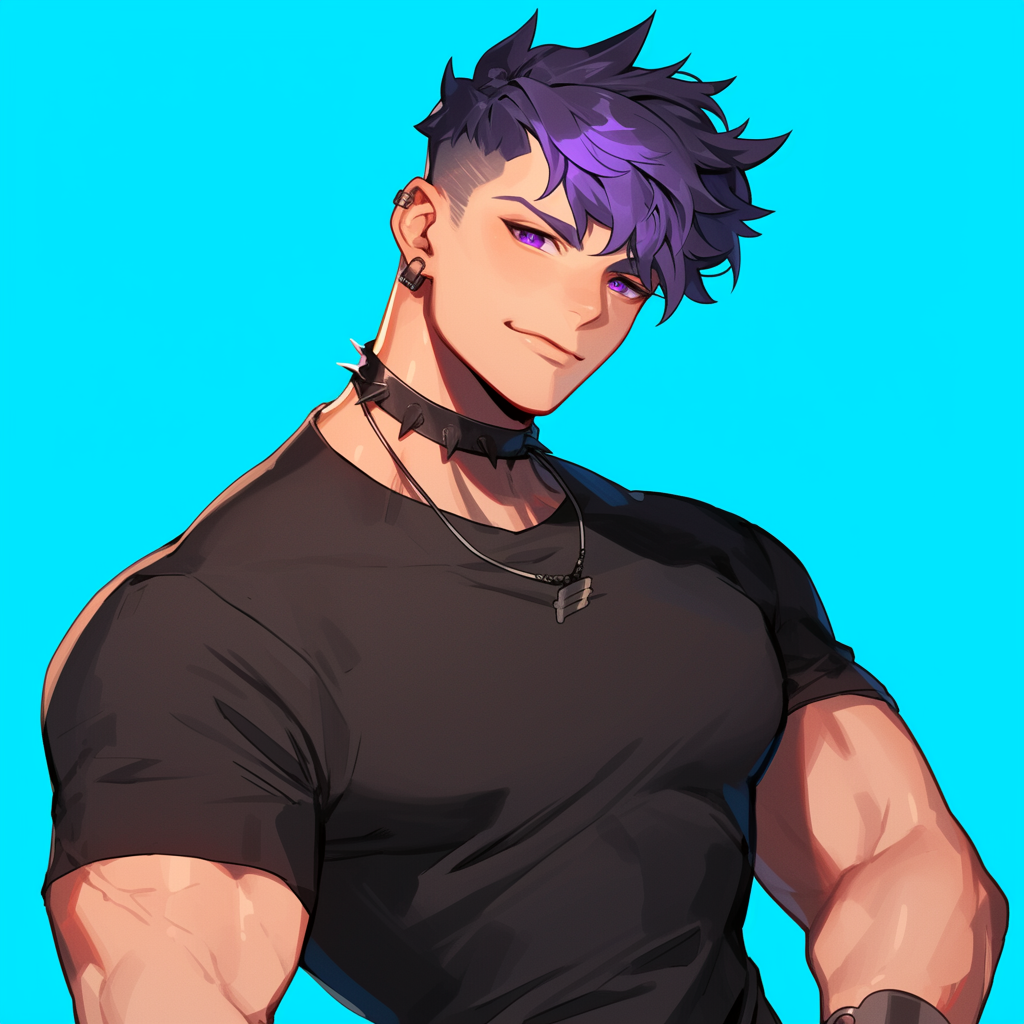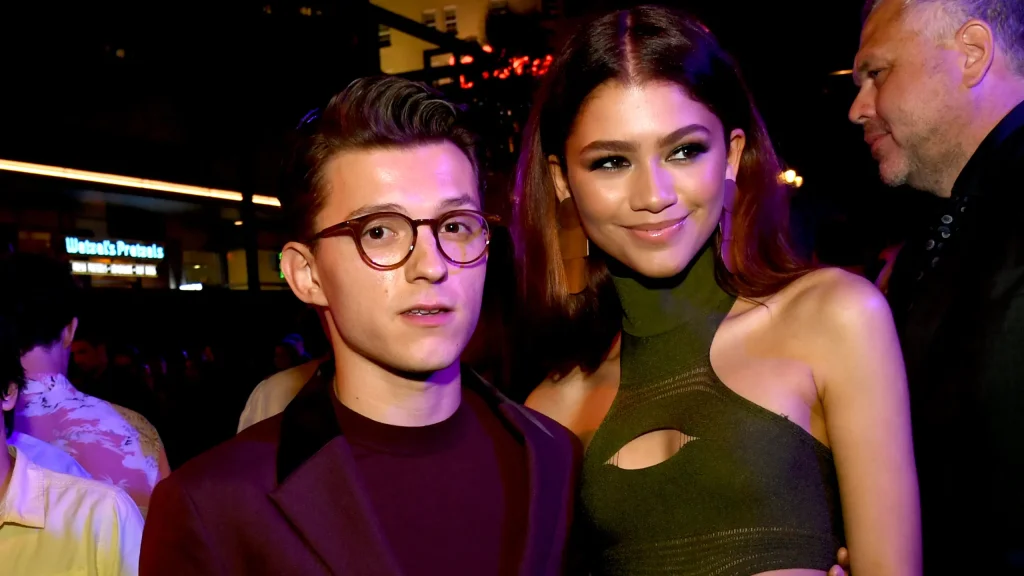Anime boys have captivated fans across the globe with their distinctive styles, personalities, and story arcs. From mysterious loners to cheerful extroverts, these characters resonate with viewers, offering a mix of escapism and relatability. In this article, we explore the multifaceted world of anime boys, delving into their unique characteristics, the cultural significance they hold, and why they remain beloved figures in anime culture.
The Appeal of Anime Boys
A Blend of Fantasy and Relatability
Anime Boys are crafted to evoke emotions, combining traits that are both idealized and grounded. Whether it’s the stoic protector or the endearing goofball, these characters embody a range of qualities that often reflect the complexities of human nature.
Visually Striking Designs
Their appearance plays a massive role in their appeal. Artists use vibrant colors, striking hairstyles, and detailed outfits to make these characters visually unforgettable. Anime boys often defy conventional norms of beauty, merging masculinity and femininity in ways that challenge societal expectations.
Dynamic Personalities
From noble warriors to mischievous tricksters, anime boys are anything but one-dimensional. Their rich backstories, personal struggles, and evolving personalities ensure that they remain memorable long after the series ends.
Types of Anime Boys
Anime boys come in various archetypes, each offering something unique to the storytelling experience. Let’s explore some of the most popular types:
The Shy and Soft-Spoken Type
Characters like Shoto Todoroki from My Hero Academia or Nagisa Shiota from Assassination Classroom exemplify this type. They tend to be reserved, often grappling with personal issues that make their growth arc deeply compelling. Fans are drawn to their quiet strength and vulnerability.
The Energetic and Optimistic Type
These are the life-of-the-party characters who often serve as the glue holding the group together. Think Naruto Uzumaki from Naruto or Luffy from One Piece. Their boundless energy and determination make them incredibly inspiring.
The Mysterious Loner
This archetype, embodied by characters like Sasuke Uchiha from Naruto or L from Death Note, thrives on intrigue. They are often highly intelligent or skilled, with dark pasts that shape their enigmatic nature.
The Prince Charming
Gentle, kind, and often from wealthy or noble backgrounds, these characters epitomize chivalry. Examples include Tamaki Suoh from Ouran High School Host Club. Their charm and grace make them a favorite among fans who enjoy romantic storylines.
The Mischievous Rebel
This archetype includes characters like Rin Okumura from Blue Exorcist and Ichigo Kurosaki from Bleach. They break rules and challenge authority, but often with a heart of gold, making them complex and lovable.
The Role of Anime Boys in Storytelling
Driving the Narrative
Anime boys often play pivotal roles in their respective stories, serving as protagonists, antagonists, or key supporting characters. Their struggles and triumphs propel the narrative forward, providing emotional depth and engaging viewers.
Exploring Themes of Growth
Many anime boys undergo significant character development. Their arcs often center around overcoming personal flaws, mastering their abilities, or discovering their purpose. These journeys resonate with audiences, offering lessons in resilience and self-discovery.
Symbolizing Universal Struggles
Anime boys frequently embody universal challenges such as loneliness, ambition, and love. Through their experiences, viewers can reflect on their own lives, making these characters more relatable despite their fantastical settings.
Cultural Impact of Anime Boys
Influence on Global Pop Culture
Anime boys have transcended their original medium, influencing fashion, art, and entertainment worldwide. Their hairstyles and outfits often inspire real-world trends, while their personalities shape how male characters are portrayed in other forms of media.
Merchandising Powerhouses
From action figures to posters and apparel, anime boys dominate the merchandise market. Fans enjoy collecting items that showcase their favorite characters, turning these fictional figures into cultural icons.
Role in Fandom Communities
Anime boys are often the centerpiece of fan discussions, fan art, and fanfiction. They foster strong emotional connections within communities, allowing fans to bond over shared interests and interpretations.
Iconic Anime Boys and Their Legacy
Edward Elric (Fullmetal Alchemist: Brotherhood)
Edward is a prime example of a character whose struggles with guilt, loss, and ambition make him deeply relatable. His journey to restore what was lost showcases resilience and determination.
Levi Ackerman (Attack on Titan)
Levi’s stoic demeanor, unmatched combat skills, and tragic past make him one of the most iconic anime boys. His complex character resonates with fans who appreciate depth and grit.
Light Yagami (Death Note)
As an anti-hero, Light challenges traditional notions of morality. His intelligence and ambition create a compelling, if controversial, figure that continues to spark debates among fans.
Gon Freecss (Hunter x Hunter)
Gon’s cheerful and determined nature contrasts with the dark world he inhabits. His relationships and growth make him a quintessential protagonist.
Why We Love Anime Boys
They Reflect Our Aspirations
Anime boys often represent qualities we admire, such as courage, kindness, and perseverance. Through their stories, we are reminded of our potential to grow and overcome challenges.
Escapism with Depth
While offering an escape from reality, anime boys also tackle profound themes that resonate on a personal level. Their struggles and triumphs mirror real-life challenges, making them both entertaining and meaningful.
A Source of Inspiration
Their journeys often serve as metaphors for real-life lessons. Characters like Deku from My Hero Academia, who starts as an underdog but grows into a hero, inspire viewers to strive for greatness.
The Evolution of Anime Boys Over Time
Classic Tropes
In earlier anime, male characters often adhered to rigid archetypes, such as the stoic hero or the comic relief. While entertaining, these characters lacked the depth seen in modern storytelling.
Modern Complexities
Today, Anime Boys are more nuanced, often blurring the lines between hero and anti-hero. This shift reflects changes in audience expectations, with fans craving multidimensional characters.
Representation and Diversity
Recent anime have begun to include more diverse portrayals of male characters, breaking away from traditional gender norms. This evolution has broadened the appeal of anime boys, making them more inclusive and relatable.
Conclusion
Anime boys are more than just fictional characters; they are symbols of growth, inspiration, and artistry. From their visually striking designs to their emotionally rich storylines, they capture the hearts of fans worldwide. As anime continues to evolve, so too will the portrayal of these beloved characters, ensuring their legacy remains timeless. Whether you’re drawn to their charm, complexity, or cultural significance, anime boys will always hold a special place in the world of storytelling and fandom.




